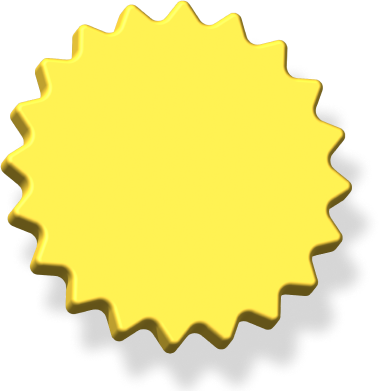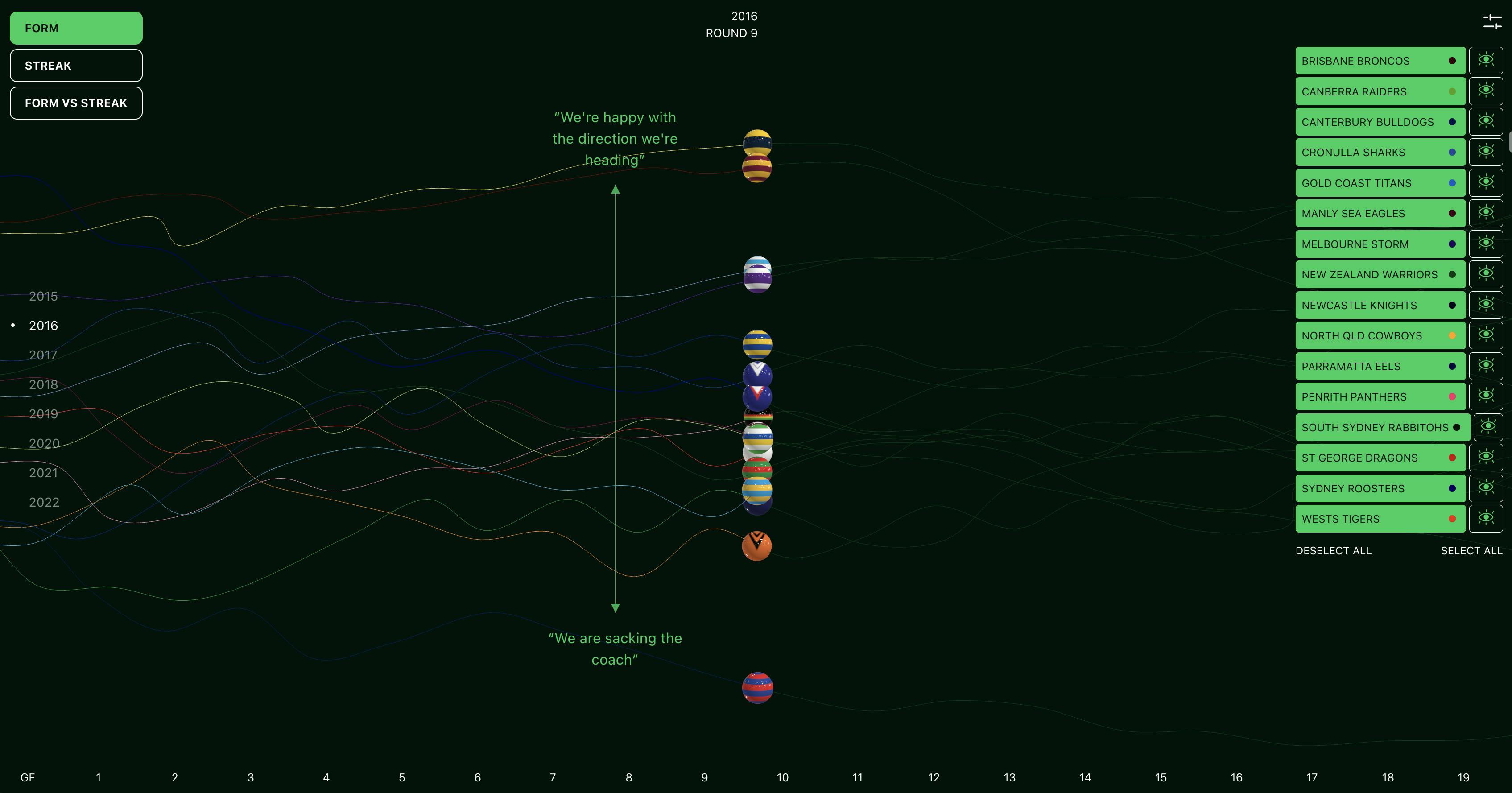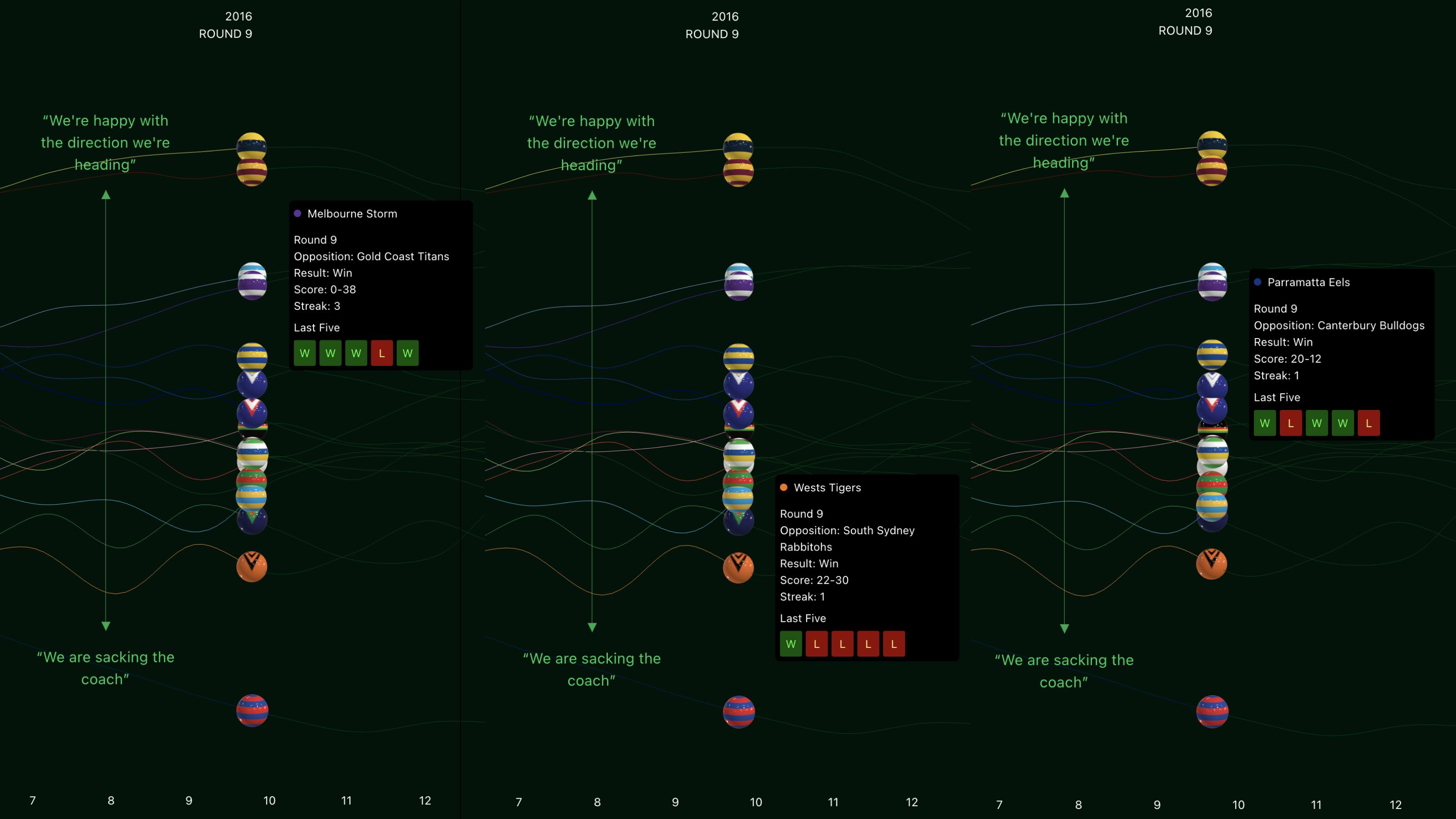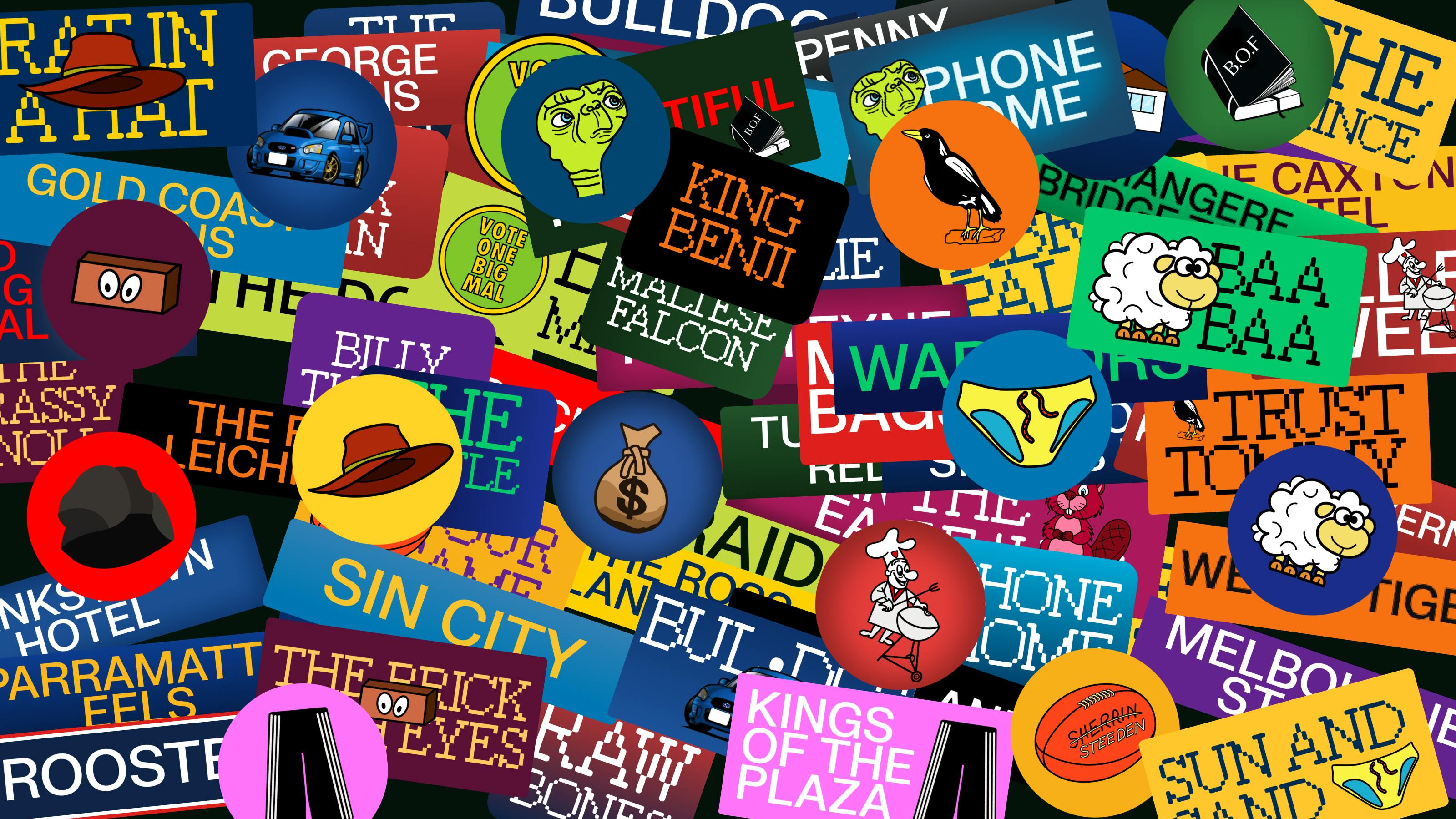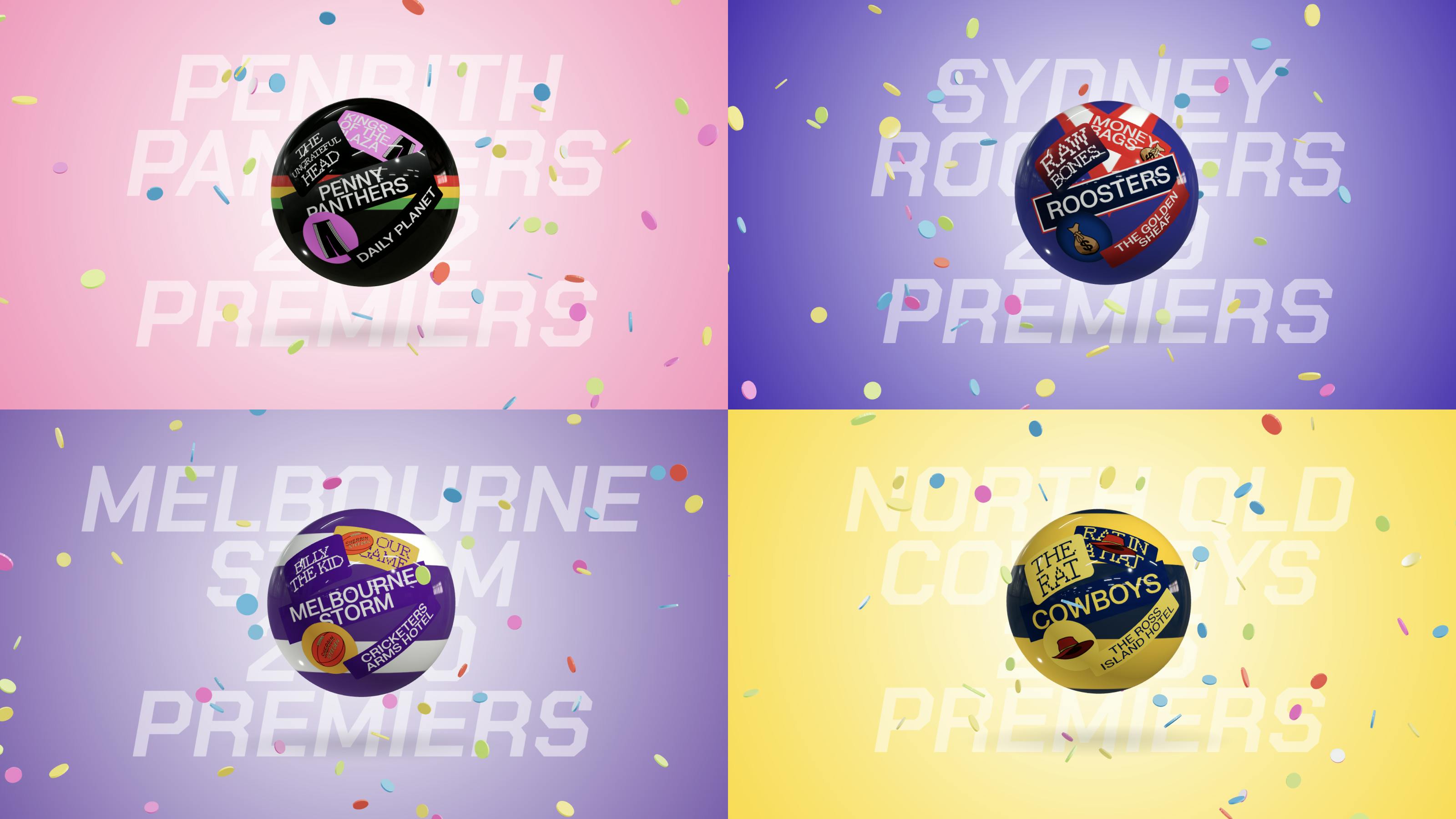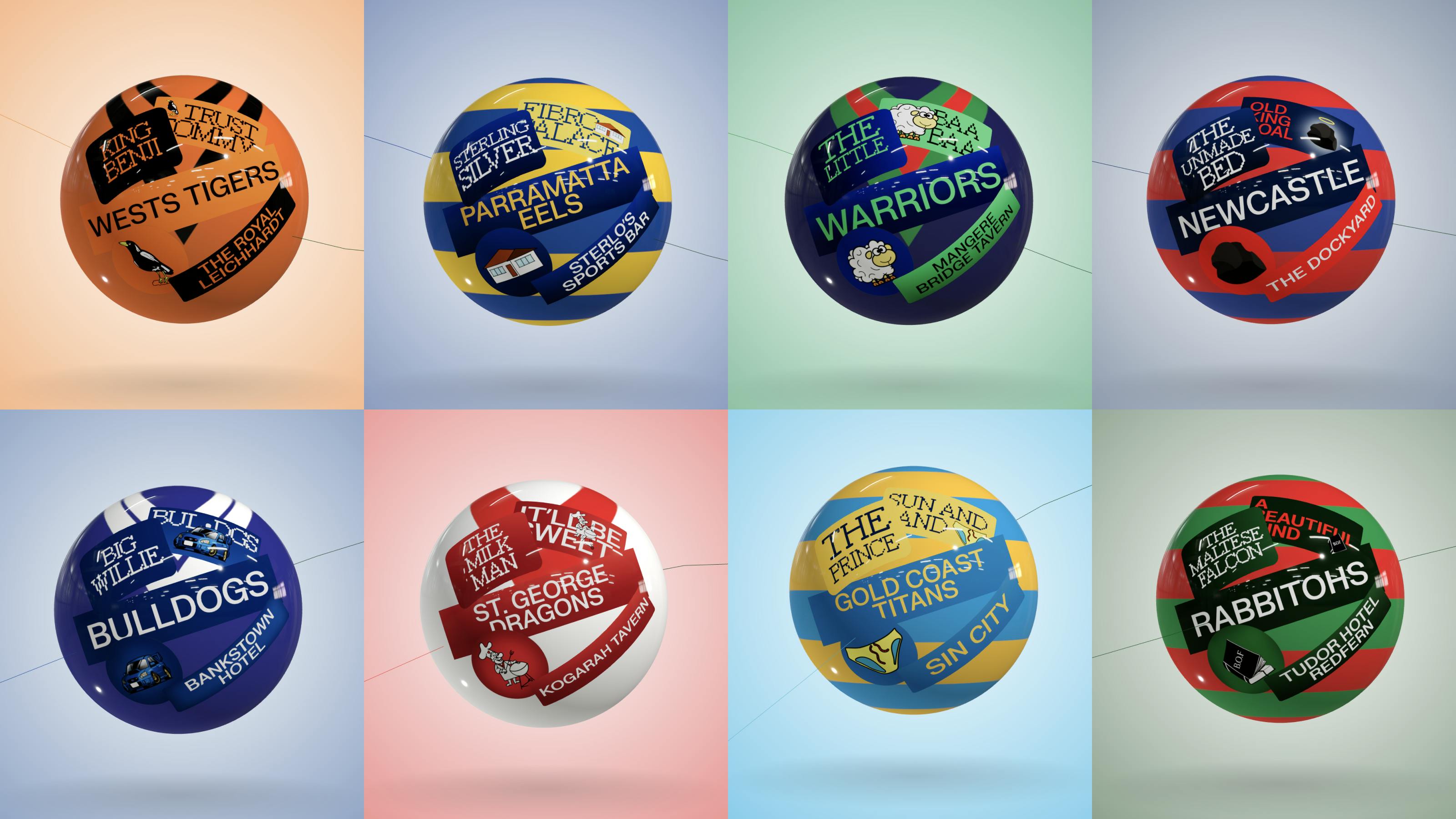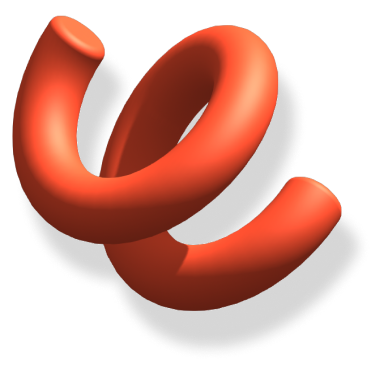About the form algorithm
The form algorithm is a tool for quantifying how well a rugby league team is performing based on past results. Simple statistics like win percentage or for and against can be useful, but are limited since they do not consider the quality of opposition.
Our algorithm is loosely based on Google's famous Page Rank algorithm - the secret sauce that has enabled them to dominate Web Search for two decades. Prior to this development, most web pages were scored based on their content, but Google's innovation was to instead focus on the quality of web pages hyperlinking to a page. When applied to Rugby League, the key takeaway is that a team's form should not be solely based on their win/loss record but also the form of the teams they win and lose to. For example, beating the Penrith Panthers in 2022 was a much greater indication that a team was doing well than beating the Gold Coast Titans.
This is an iterative algorithm. To calculate the form of each team at a given point in time, we begin by assigning all teams a score of 0. We then go through each team and adjust their form score based on all previous matches. For each match we consider:
- The winning/losing margin
- The form of the opposition
- The recency of the result
This process is repeated until all the form scores converge.

